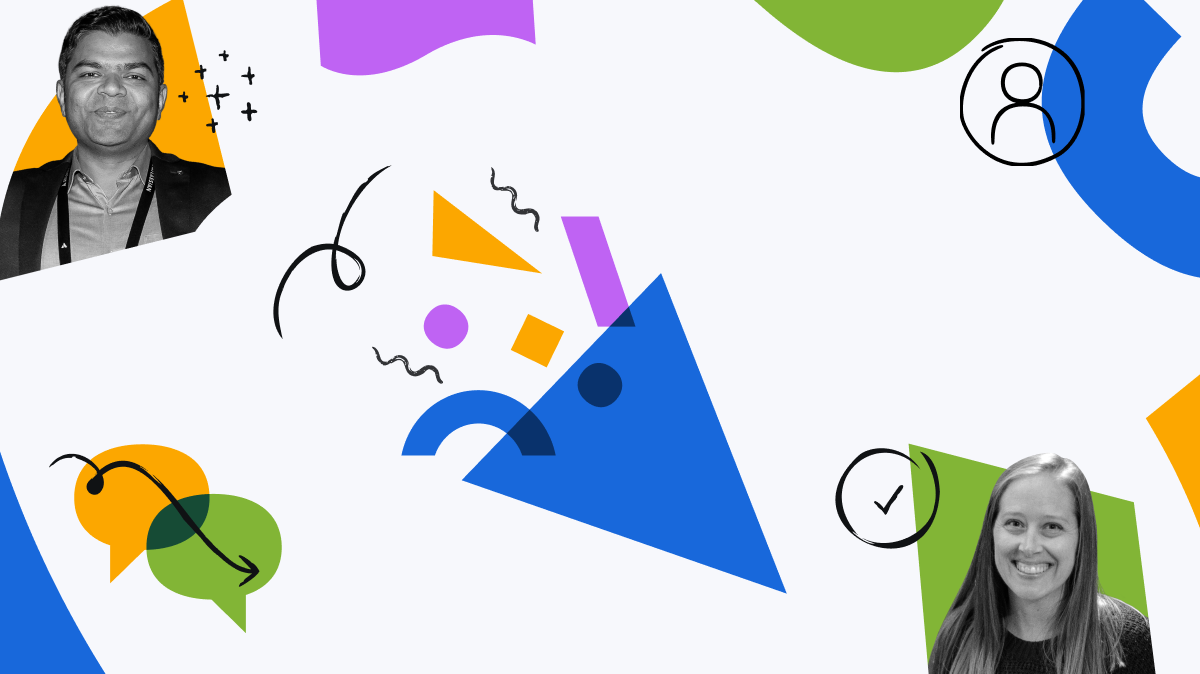Have more fun with Kudos
- Collect badges and make progress
- Participate in fun challenges
- Climb up the leaderboard
- Gift Kudos to your peers
Community resources
Community resources
Community resources
Epic-->Feature-->Story
I'm coming from Microsoft Azure Dev Ops Board where an Epic was attached to Features and features were attached to stories. I also understand the hierarchy of work, Epic, Feature, Story. What I am unable to understand is how to replicate this in Jira. I worked in Jira 5 years ago, but at a different level where hierarchy wasn't my concern. Now as a CSPO and CSM, it is. Please provide me with a resource in this community to read/understand or provide me with screen shots as to how to link the hierarchy of work in these stages: Epic/Story/Task
1 answer
Hello @Jessica Brasington
Welcome to the Atlassian community.
The short answer is that you cannot exactly replicate that hierarchy in Jira with only native Jira functionality.
In Jira the issue type hierarchy for the Free and Standard versions is:
Epic (level 1)
|-- standard issues (level 0)
|-- subtask issues (level -1)
Epic is a unique issue type in Jira that has some special functionality associated to it. You cannot create additional issue types that will be function the same way in Jira.
Standard issues are the main working level of issues. This includes typically Story, Bug, and Task. You can create additional custom issue types at this level.
Subtasks are another special issue type. Subtasks cannot exist on their own. They must be connected to a Standard Issue type. By default just one subtask issue type is created, but under some circumstances you can create more.
Jira does not allow modification of this hierarchy at these levels to insert more levels.
Issue types at the Level 0 are the ones that are tracked in Burndown/up charts.
If you have a Premium or Enterprise subscription you can add levels above Epic; i.e.
Theme
|-- Initiative
|-- Epic
|-- standard issues
|-- subtasks
Jira will let you use generic issue linking to artificially create a relationship between issues at the same or different levels, but it will not treat that as a "parent/child" relationship.
So, in a Standard subscription you could use generic issue linking to link other a Task to a Story and use that to mean those are children of the Story. But Jira's native functionality would not see that as a parent/child relationship.
If it is critical to have functionality that would support a Task (level 0) being a child of a Story (also level 0) you will need to consider third party apps that would give you added functionality to establish and interpret that hierarchy.

Was this helpful?
Thanks!
DEPLOYMENT TYPE
CLOUDPRODUCT PLAN
STANDARDTAGS
Community showcase

🌆 Team '25 Europe registration is now open!
Join the largest European gathering of the Atlassian Community and reimagine what’s possible when great teams and transformative technology come together. Plus, grab your Super Fan ticket now and save over €1,000 on your pass before prices rise on 3 June.
Register now
You must be a registered user to add a comment. If you've already registered, sign in. Otherwise, register and sign in.